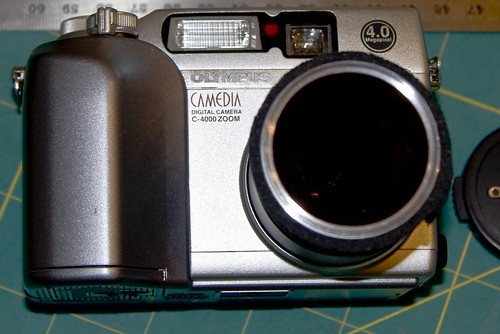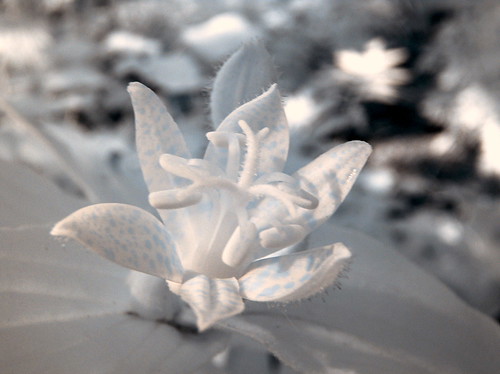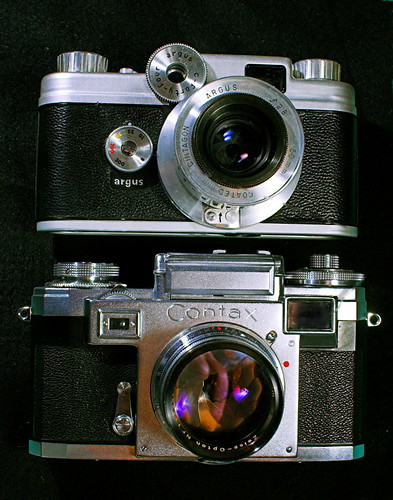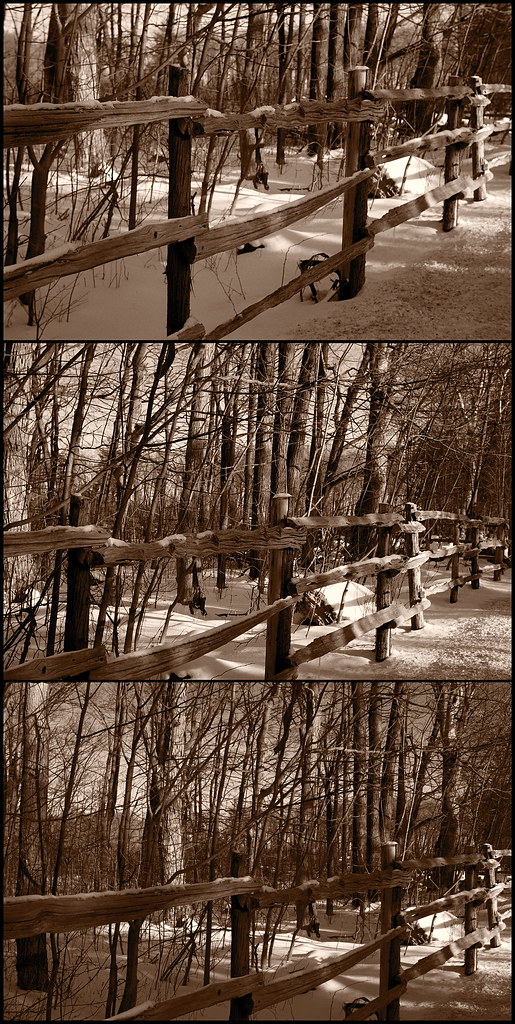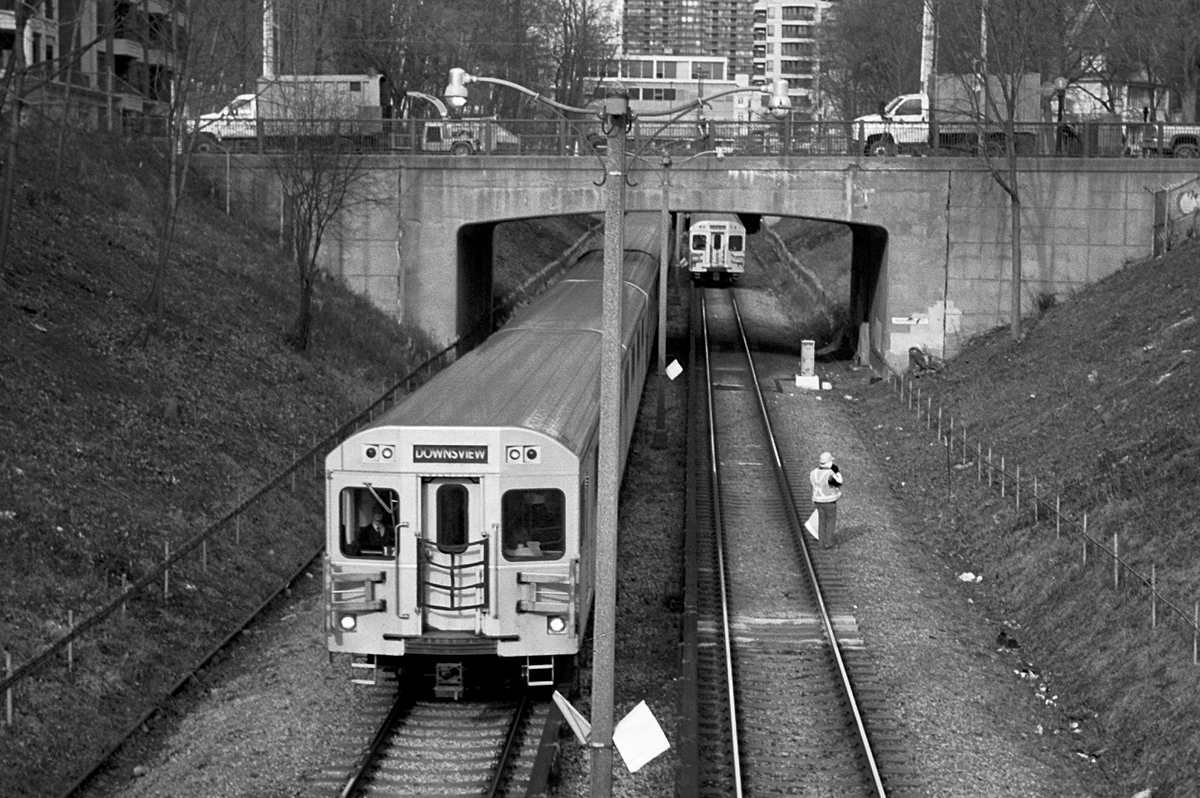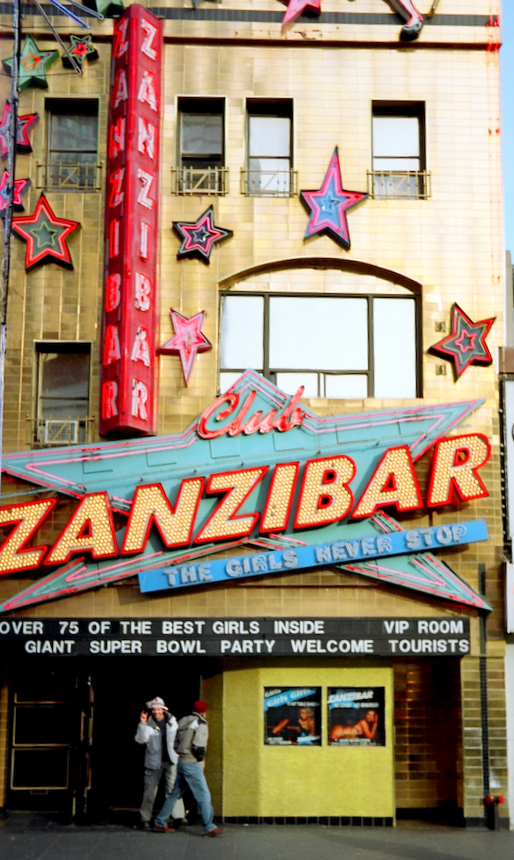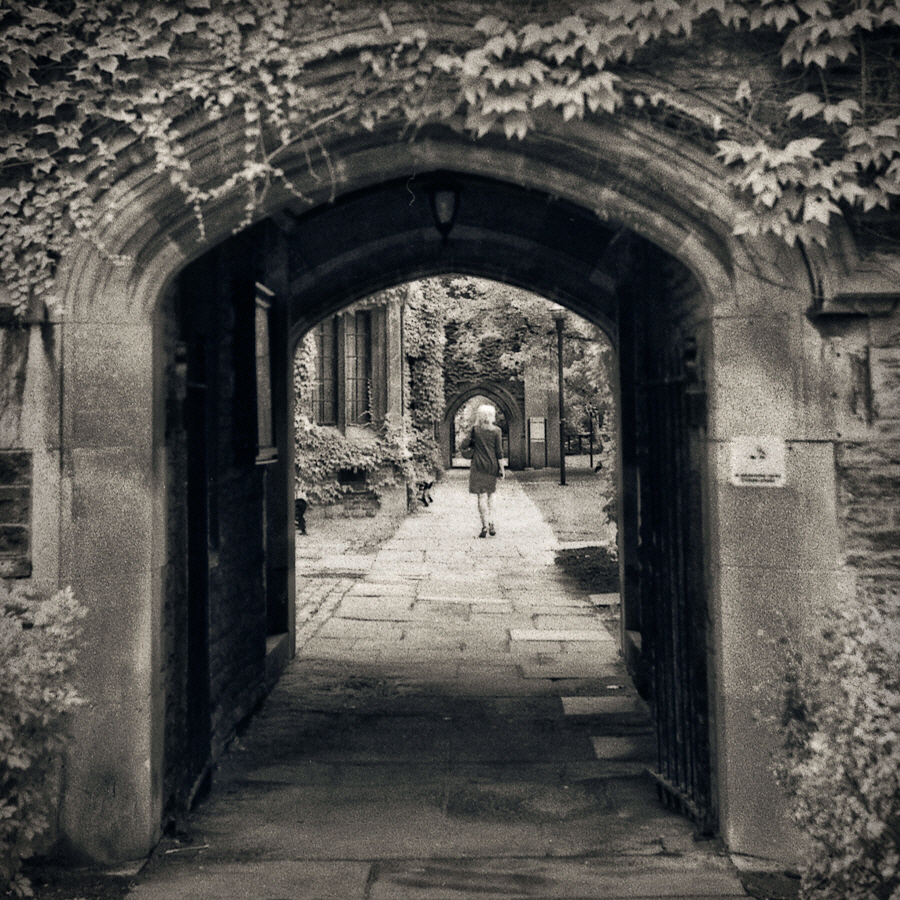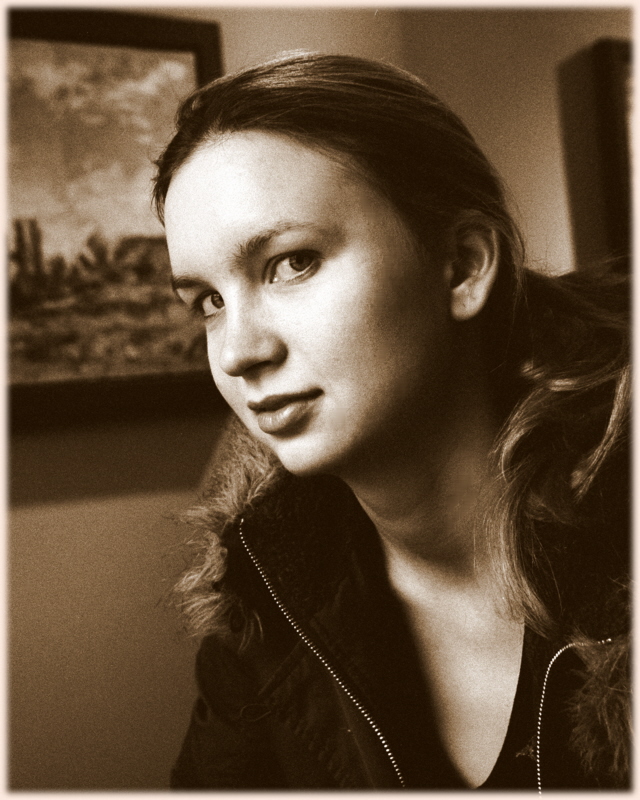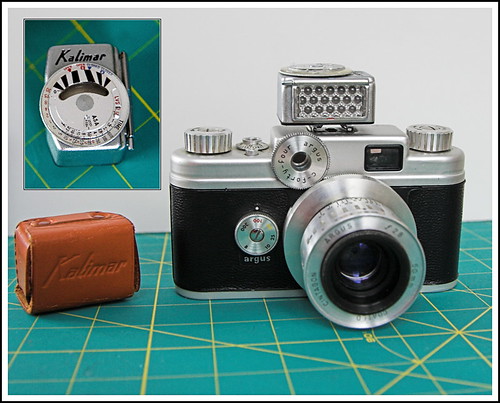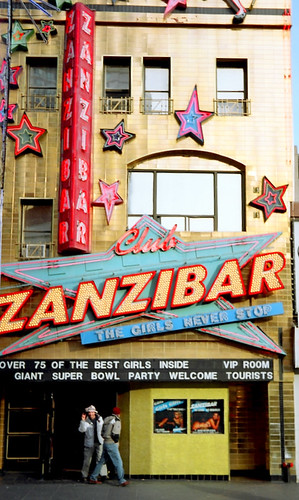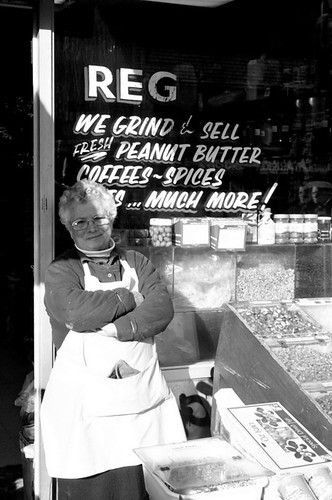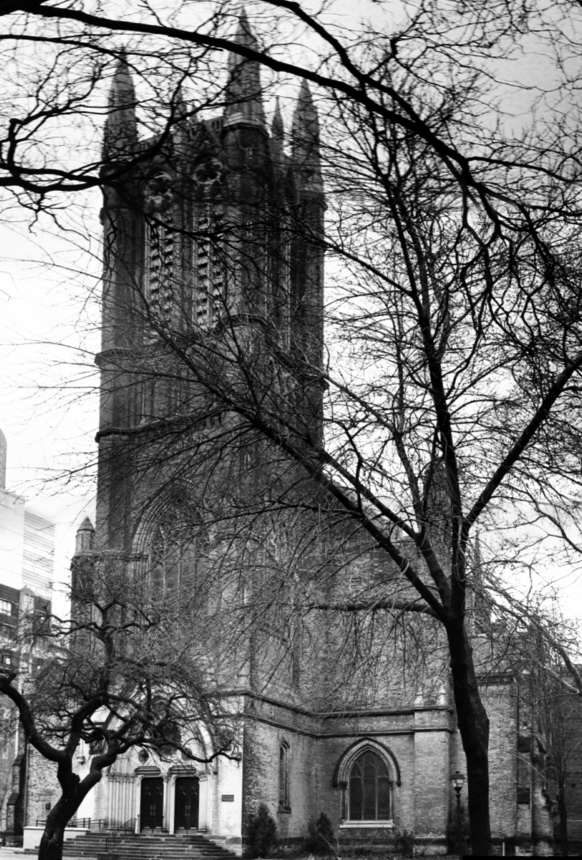
First of 2 shots with my foam core 8x10" homemade camera. Shot with 20 year old Kodak litho ISO 8 film, 3.5 minute exposure. This was my entry into world pinhole day
www.pinholeday.org/
After some sage advice from experts on developing the litho film to get more midtone greys. I am experimenting with extreme dilution the D76 developer to try to get more tones out of the high contrast lithographic film. I think it is working even though this shot may not be the best example as I was shooting towards the bright part of the sky.
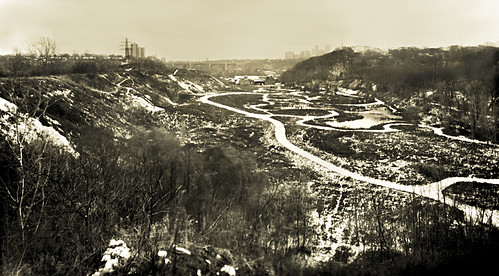
The tones worked out very well in this following photo.

The pinhole is approximately f310 with a 80 degree field of view making for a 2.5 to 4.5 minute daylight exposure.
The following is a longer over 10 minute exposure made late in the day under grey sky. The thing I like about a 10 minute exposure in a city is that people go about their business invisible to the eye of the camera. Except for the almost invisible people sitting still on the picnic table, middle right if you need directions. I should have pushed the development a bit longer to bring out more details in the dark areas.
The good thing about this ISO 8 litho film is that it can be developed under a safe light where you can view the film developing. Also it can be pushed or pulled many stops just by changing the developing time.


A bit About The Camera
I used this pinhole I built for my digital camera.http://www.rraz.ca/pin/pinhole.html
Surprising enough the lens hood is needed.
Foam core is strictly home craft although using a special tool/knife designed to make butt joints in foam core really makes life easy plus strengthening the design. The body is held together with paper glue and book binding tape, really quite solid.
The important elements other then the pinhole is finding some old working 8x10" film holders. I use a film holder that has a double dark slide so I can take 2 shots.
The only moderately difficult part is the combined film holder (holder)/tripod mount. I made mine out of picture framing wood stock as it already has the ledges cut into it.
Build one frame and attach the foam core body to the one side and the tripod socket to the bottom. The other side with the lip has a strip of foam rubber al the way around the lip. The slide holder when placed against the rubber seal should fit nicely with a light tight seal between the camera and the film holder. The last piece is another frame without seals that with the help of two ratchet clamps brought from a hardware store that is placed over the back of the film holder and clamps it to the camera body.
I'm sure with a wood working shop you can do better. Because exposures are so long no shutter is needed. Expose by holding a dark cloth over the pinhole, then remove the dark slide, then remove the black cloth to begin exposure. Reverse to end exposure.
Be creative I have an idea for a 360 degree pano.
A couple of references
CK Pinhole Photography Resources and LinksPINHOLE PHOTOGRAPHY AND CAMERA DESIGN CALCULATORS
